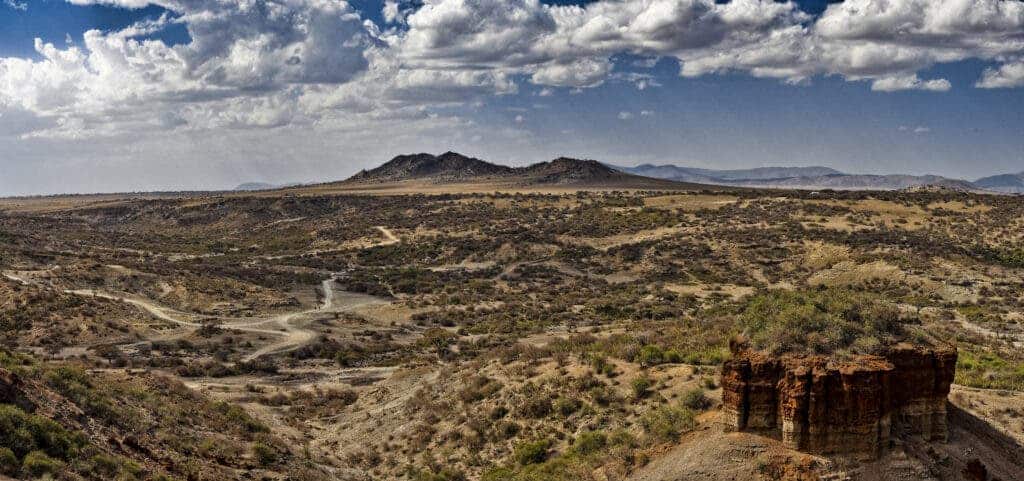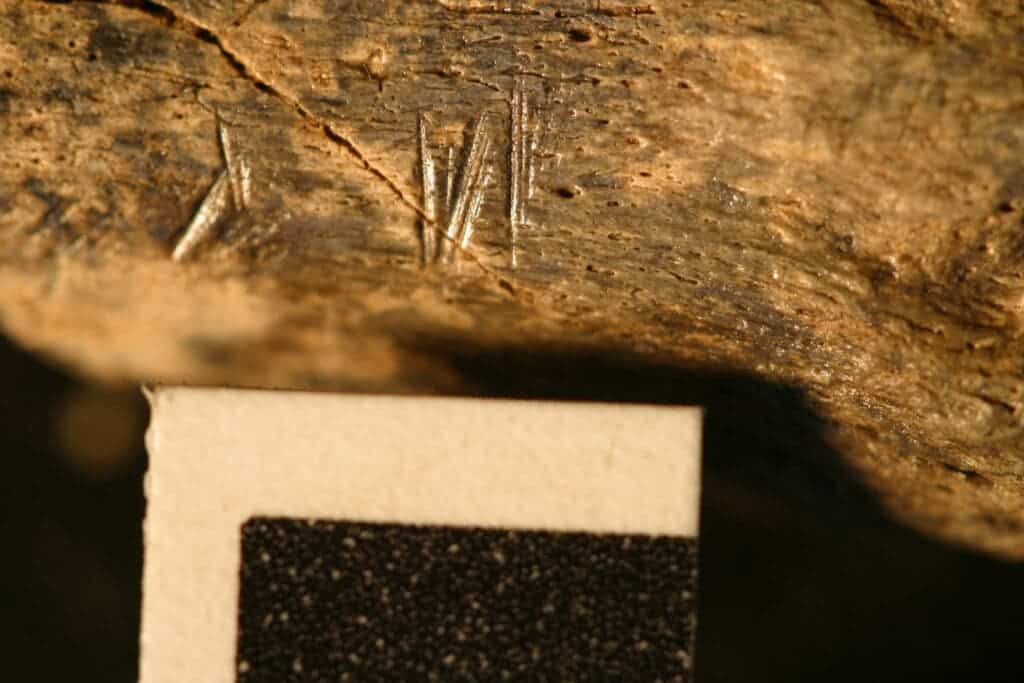For decades, the theory that eating meat enabled our ancestors to develop their brains and bodies was prevalent. But the theory may not stand up to scrutiny.

Many quintessential human traits are associated with Homo erectus, a species of archaic human that emerged some 2 million years ago. H. erectus was the first human ancestor to spread throughout Eurasia, ranging from today’s Spain to Indonesia. If you’d like to pinpoint an ancestor to humanity, H. erectus would be as good a guess as any.
We don’t have much fossil evidence about H. erectus, but from what little we have discovered, it seems that meat-eating increased once H. erectus entered the stage. Many anthropologists interpreted this as direct causation, proposing that consuming meat may have provided these archaic humans with the energy required to develop bigger, more potent brains. Meat eating would also help explain why the stomachs of these ancestors became smaller (which can happen with carnivores). The theory was first published in 1995 and has remained popular since.
But the theory may be influenced by sampling bias. Simply put, researchers say, we’ve been looking too much into some pieces of evidence and not enough into others. Dr. W. A. Barr, the study’s lead author, explains:
“Generations of paleoanthropologists have gone to famously well-preserved sites in places like Olduvai Gorge looking for, and finding, breath-taking direct evidence of early humans eating meat, furthering the viewpoint that there was an explosion of meat eating after two million years ago.”
“However, when you quantitatively synthesize the data from numerous sites across eastern Africa to test this hypothesis, as we did here, the “meat made us human” evolutionary narrative starts to unravel.”

In the new study, researchers analyzed 59 sites spread across 9 areas of east Africa, dating from 2.6 to 1.2 million years ago. They were expecting to find signs of increasing meat consumption across this period. They used several metrics to quantify meat-eating: the number of sites that preserved signs of butchering, the total count of animal bones across sites, and the number of different layers in which meat had been discovered.
In principle, their method was simple: let’s see if, for instance, the percentage of bones bearing butchering marks increases after the emergence of H. erectus. This turned out not to be the case: instead, sites that had more bones also had more butchered bones — but the percentage was stable over time. In addition, the researchers say, sites with fewer bones have been less intensively investigated.

This doesn’t necessarily rule out the theory that meat was essential in our human development, but it does show that we need much more evidence if we want to support it. It also shows just how easy it is to find evidence to support your idea when you’re looking for it. Several studies have noted the number of animal bones carved by H. erectus, but previous studies have not compared the number of these bones to the total number of bones. Dr Briana Pobiner, one of the study’s co-authors, says:
“This study changes our understanding of what the zooarchaeological record tells us about the earliest prehistoric meat-eating. It also shows how important it is that we continue to ask big questions about our evolution, while we also continue to uncover and analyze new evidence about our past.”
Researchers also explained that we’re seeing an incomplete picture because when it comes to fossils, we’re at the mercy of nature. For instance, older layers (from right before H. erectus) are less likely to form useful fossils, so we have a poorer understanding of what was going on before this time.
If the extra nutrients humans likely needed didn’t come from meat, they could have come from better tools or cooking techniques — but these theories also need more evidence, the researchers conclude.
The study was published in PNAS.


